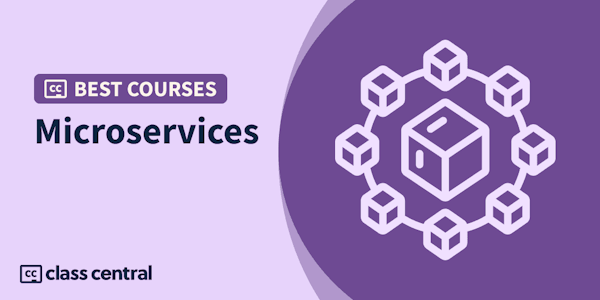Class Central Tips
Demonstrate your mastery of JavaScript back-end application development by completing this capstone project! In this course, you will apply your knowledge and skills to a real-life inspired challenge and use your expertise to develop a successful solution.
The project provides you with an opportunity to solidify your JavaScript back-end proficiency. In this course, you develop a robust microservices back-end architecture using JavaScript, Node.js, Express, and MongoDB, and apply CI/CD and Kanban board practices.
In this capstone, you apply knowledge of in-demand skills such as:
- Write RESTful APIs with appropriate error handling
- Create MongoDB APIs for CRUD operations
- Test and invoke microservices to verify their functionality
- Implement back-end security best practices using JWT
- Integrate with a front end to deploy the full-stack app using IBM Code Engine and Kubernetes
Upon completion, you will have a working back-end application to showcase to potential employers.
Before starting this course, we recommend completing all the other courses offered in the IBM JavaScript Backend Software Developer Professional Certificate.






